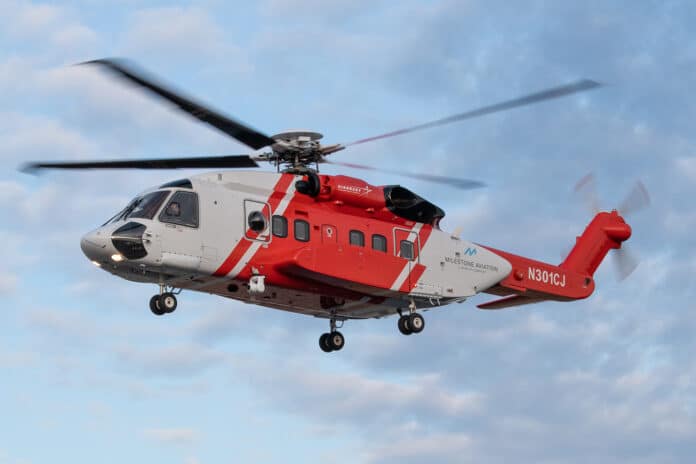The global fleet of the multi-mission Sikorsky S-92 helicopters is rapidly accumulating flight hours, surpassing 2 million flight hours in a variety of missions, including search and rescue, oil and gas transportation, and VIP transportation in 28 countries. The aircraft is designed to be a cost-effective option that’s easy to maintain.
Major oil companies rely on S-92s in their fleets thanks to the aircraft’s unsurpassed capabilities and capacity that minimize per seat-mile costs while reducing needed trips and risk. The aircrafts are also used for civil search and rescue and have completed more than 91,000 search and rescue missions and other priority missions, including coastal and border patrol, emergency response, and disaster relief.
The S-92 is used by 13 nations for the head of state missions, and the aircraft serves as the basis for the VH-92A helicopter to be used for the new U.S. presidential helicopter fleet. The S-92 was in service for 12 years when it reached 1 million flight hours. Just six years later, the fleet operates in 28 countries, and its flight hours have doubled.
The S-92 multi-purpose helicopter is powered by twin GE CT7-8A turboshaft engines. The four-bladed fully articulated composite main rotor blade is wider and designed to meet FAA flaw tolerance criteria. The S-92 was the first helicopter in its class to meet the FAA and JAA safety requirements.
In addition, the S-92 features an active vibration control system, using vibration sensors and structurally mounted force generators to increase flight comfort and lower acoustic levels to below certification requirements. It is also outfitted with a fully integrated flight management system with auto hover and an array of advanced safety features.
Sikorsky, a Lockheed Martin company, will continue to invest in and enhance the S-92 helicopter. Earlier this year, an unmodified S-92 made a 1,500-mile (2,414 km) flight fueled only by Sustainable Aviation Fuel (SAF), a blend of biofuel and traditional jet fuel. It was the first long-duration flight to exclusively use SAF and reflects Lockheed Martin’s commitment to sustainability. SAFs can reduce lifecycle carbon emissions by up to 80% when compared to petroleum-based jet fuels.
